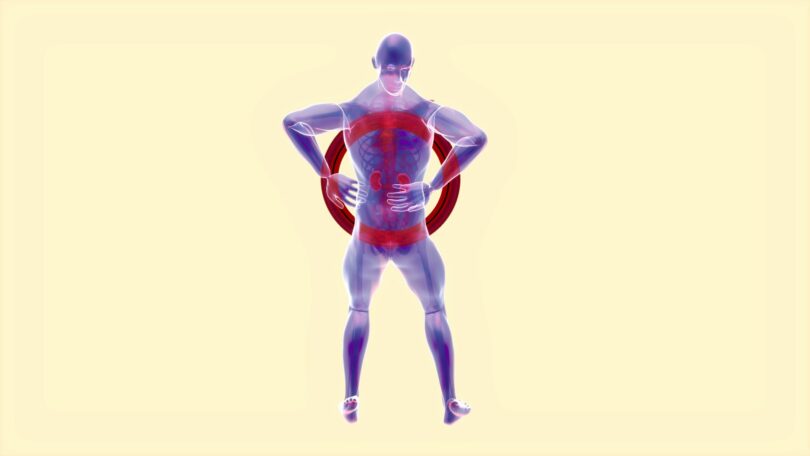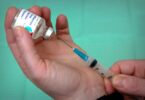Some 15 percent of adults in the US have chronic kidney disease and the vast majority of them don’t know it. They don’t learn they have it until it is quite advanced, reports Rachel Fairbank for National Geographic. There are no symptoms until the disease has progressed substantially.
When they do get symptoms, people often end up in the emergency room. They have migraines, stomach cramps and feel weak. Their blood pressure can spike, even though they are otherwise in good health.
Kidneys are small blood vessels that control blood pressure and eliminate harmful elements in our blood. Being overweight, having diabetes, high blood pressure, or an autoimmune disease can hurt the kidneys’ blood vessels so that they can no longer filter blood as they should. Antacids and NSAIDs can also hurt these blood vessels. In addition, chemicals in the air and the water and the soil can damage our kidneys.
Chronic kidney disease leads to kidney failure and dialysis. It is linked to heart failure, and it is on the rise. Many people with chronic kidney disease die of heart disease, which remains the greatest cause of death around the world.
The experts do not understand why chronic kidney disease is so prevalent, much more so than 30 years ago. But, you can reduce your risk, according to the National Institutes of Health, through regular exercise and eating a healthy diet.
Get your Medicare Annual Wellness checkup. If caught early, there are treatments for chronic kidney disease that can slow its progression. Urine and blood tests can detect chronic kidney disease. Researchers are seeing that GLP-1 drugs, such as Ozempic and Wegovy, can help significantly.
Here’s more from Just Care:










